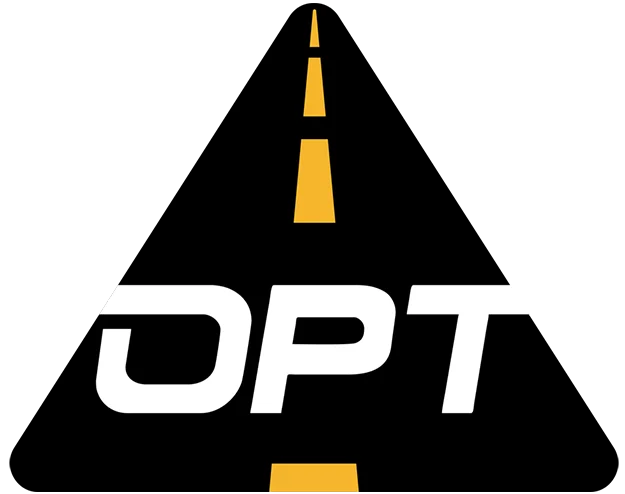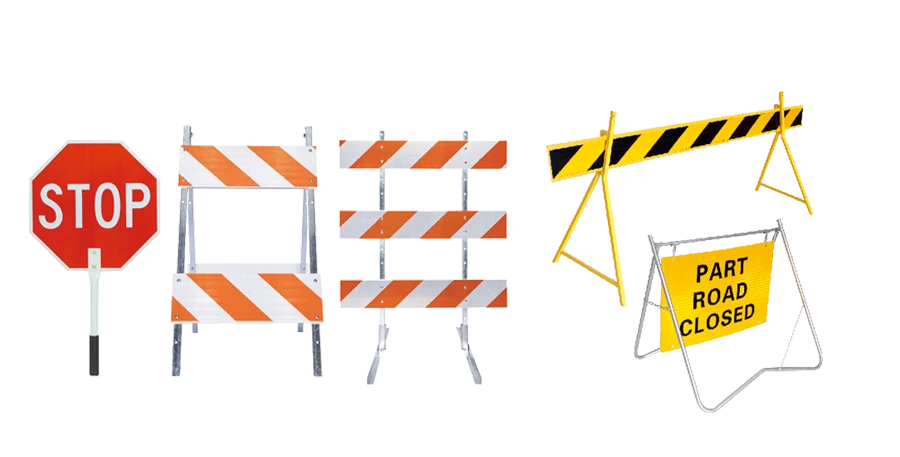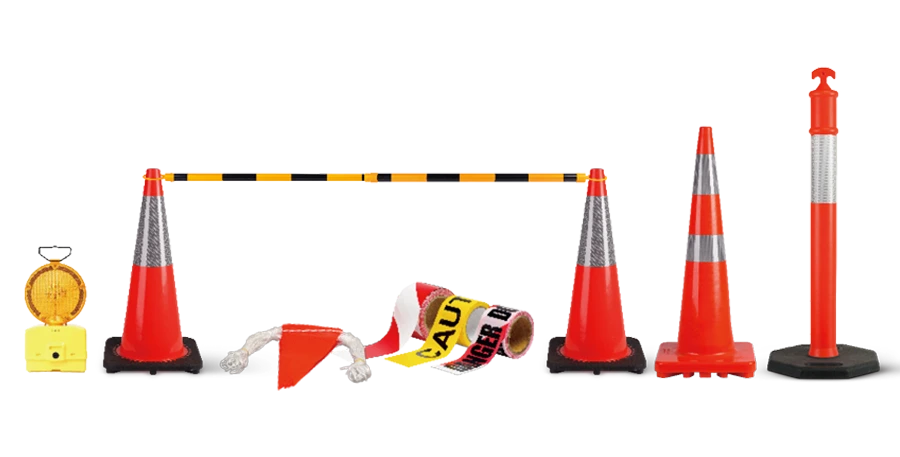Coni stradali e tavole di frecce: L’arma segreta per alleviare la congestione del traffico in situazioni di emergenza
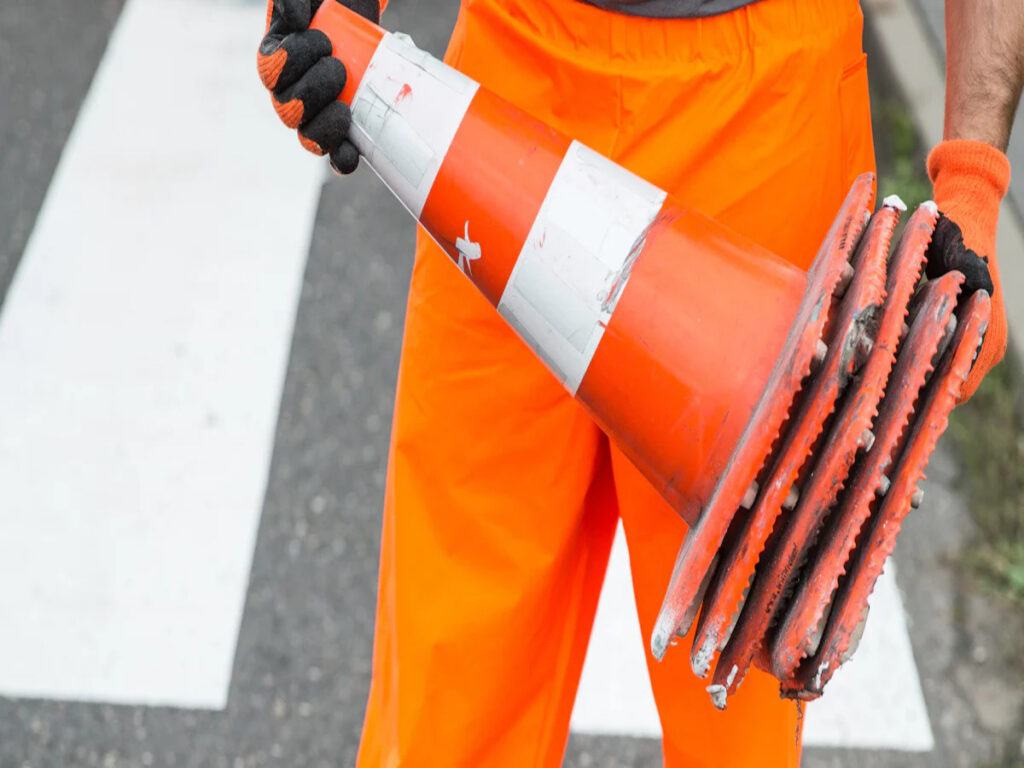
Traffic cones and arrow boards play a vital role in managing traffic during emergencies. You can rely on their high visibility and portability to guide vehicles safely through chaotic situations. Per esempio, large orange traffic cones often mark debris zones after accidents, keeping drivers away from hazards. Arrow boards, d'altra parte, provide dynamic instructions, reducing confusion and improving traffic flow. Studies show that areas equipped with arrow boards experience fewer rear-end collisions and lane departures. Together, these tools ensure safety, minimize delays, and support emergency responders in critical moments.
Ecologico e sicuro: L'applicazione della tecnologia di rilevamento ambientale nei coni stradali intelligenti
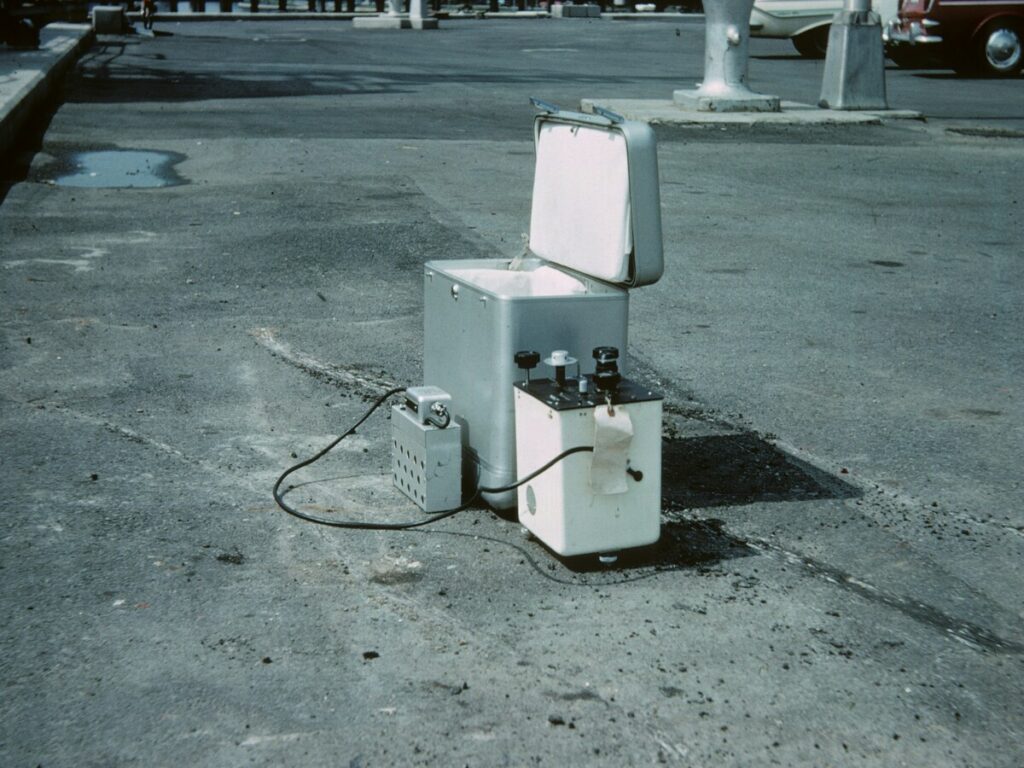
Modern traffic management demands solutions that prioritize both safety and environmental responsibility. You encounter challenges like pollution and resource depletion daily, making eco-friendly innovations essential. Smart traffic cones represent a breakthrough in traffic control products by combining advanced technology with sustainability. These cones often incorporate renewable energy sources, such as solar-powered flashing warning signs and temporary traffic lights, reducing reliance on fossil fuels. Inoltre, tall traffic cones equipped with intelligent features enhance road safety by adapting to changing conditions. This dual focus ensures safer roads while promoting a greener future.
Rivoluzionare la gestione del traffico: In che modo i sensori ottici e il LIDAR migliorano i coni di sicurezza
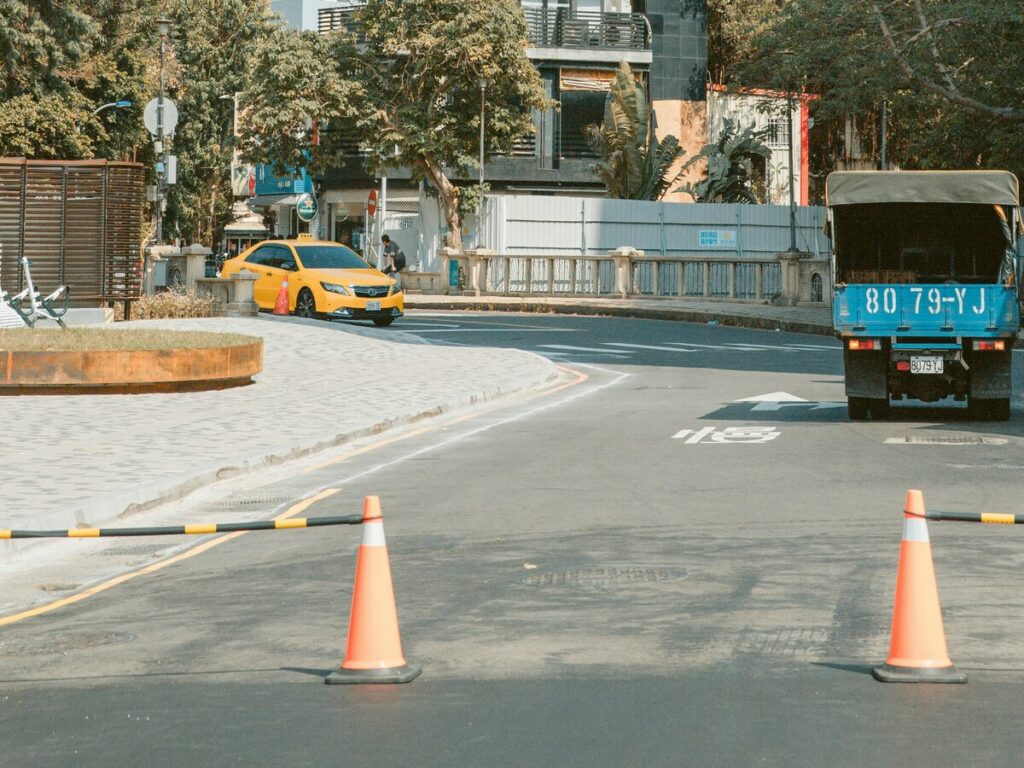
Imagine a world where roads are safer, and traffic flows smoothly. Optical sensors and LIDAR are making this vision a reality by transforming traffic safety. These advanced technologies power red safety cones, which actively monitor road conditions and provide real-time updates to drivers. In urban areas like Singapore, smart red safety cones have reduced accidents and congestion by alerting drivers to hazards and rerouting vehicles. By integrating IoT technology, they enhance traffic management systems, ensuring safer navigation for everyone. With these innovations, even a simple safety cone becomes a vital tool for modern road safety.
Comprensione delle leggi sul traffico australiane per le zone di lavoro stradale e il ruolo dei coni stradali
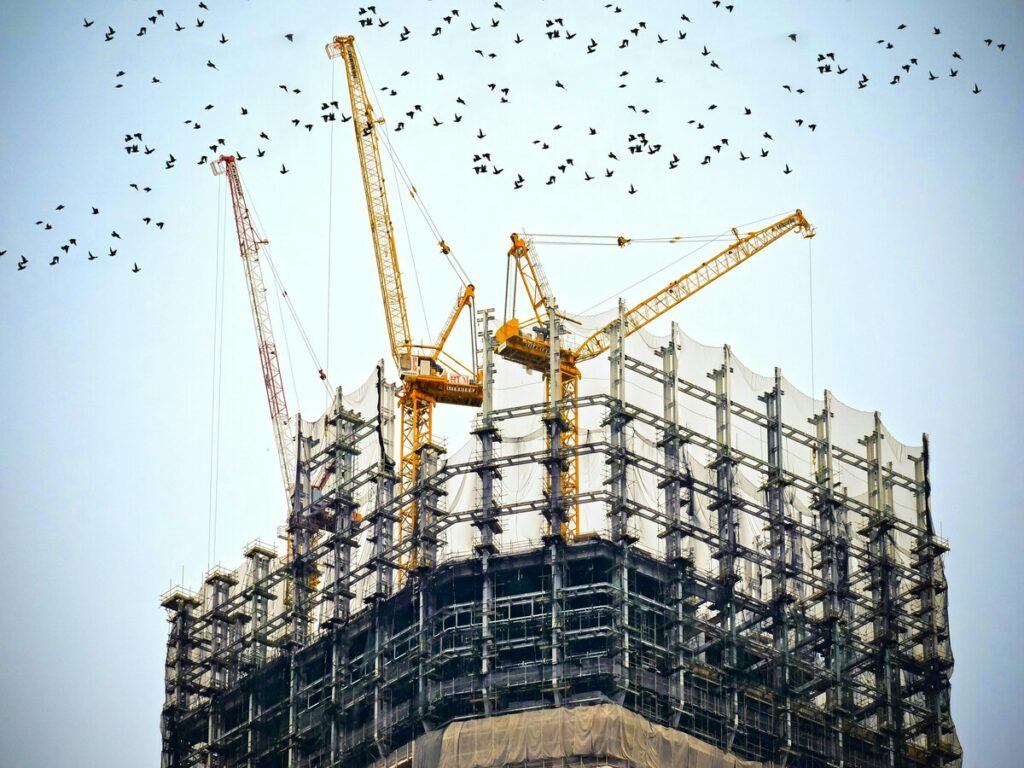
Le zone di lavoro su strada possono essere pericolose sia per i lavoratori che per i conducenti. È necessario comprendere le leggi sul traffico australiano per garantire la sicurezza ed evitare problemi legali. I coni di sicurezza in plastica svolgono un ruolo vitale in queste zone. Guidano i veicoli, Segna aree sicure, e proteggere i lavoratori. These cones act as visual warnings, Aiutare i conducenti a navigare in sicurezza attorno ai pericoli. Deviando il traffico e creando confini chiari, Riducono gli incidenti e migliorano la sicurezza per tutti in viaggio.
Miglioramento della gestione del traffico con coni stradali arancioni e tecnologia di comunicazione V2I
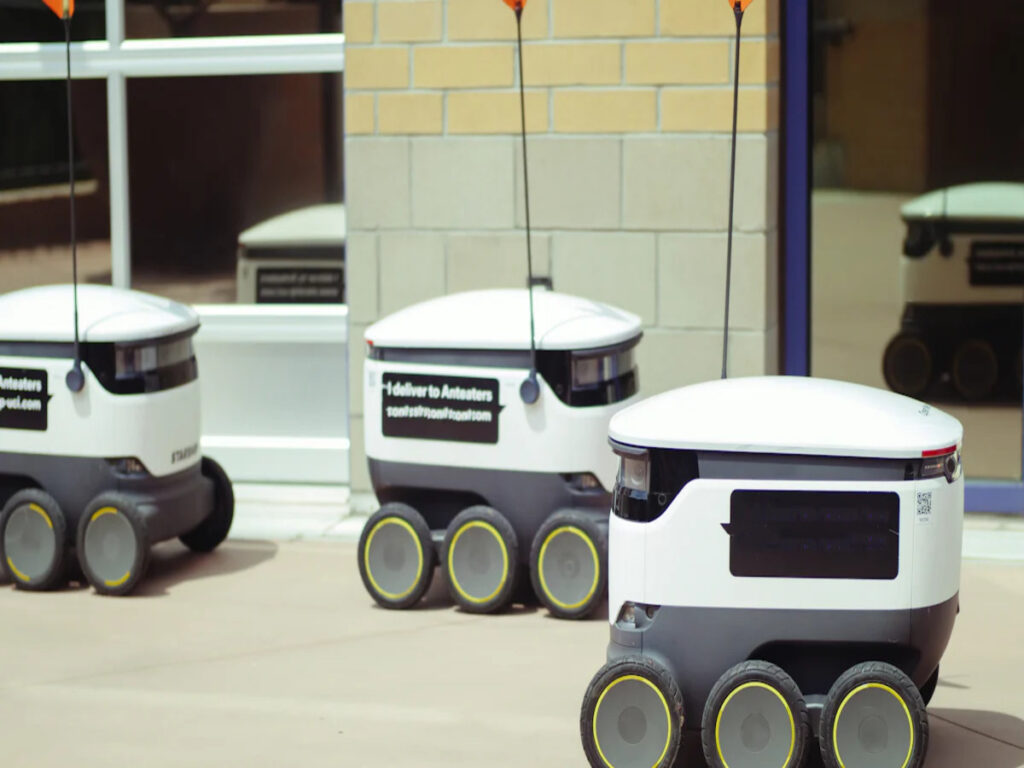
You encounter orange traffic cones daily, but have you ever considered their role in modern traffic management? These cones, combined with advanced V2I technology, create smarter roads. This integration improves safety by alerting drivers to hazards in real time. It enhances communication between vehicles and infrastructure, ensuring smoother traffic flow. With this technology, you can experience fewer delays and safer journeys. By reducing accidents and optimizing road usage, these innovations transform how traffic operates, making roads more efficient and reliable.
Come l'IoT sta rivoluzionando i coni arancioni in plastica per strade più sicure
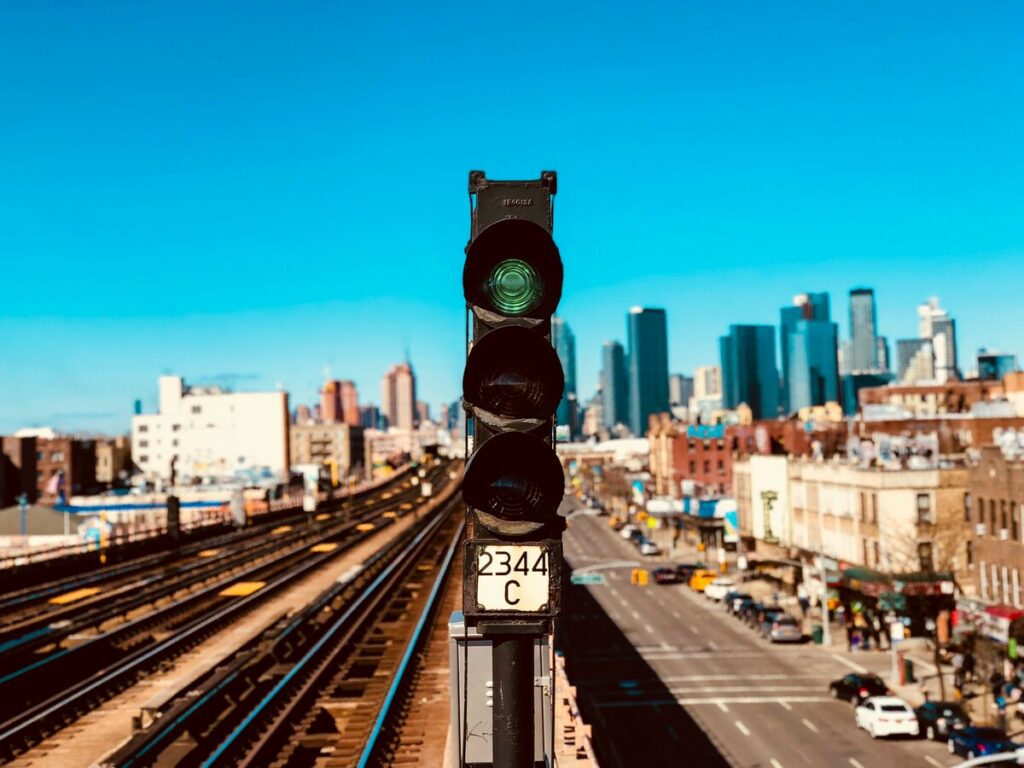
Traditional plastic orange cones play a vital role in road safety, but they often fall short in dynamic traffic management. Poor visibility during adverse weather or low light conditions can make them ineffective. Frequent damage and displacement also create challenges for ensuring consistent safety. These limitations demand smarter solutions.
